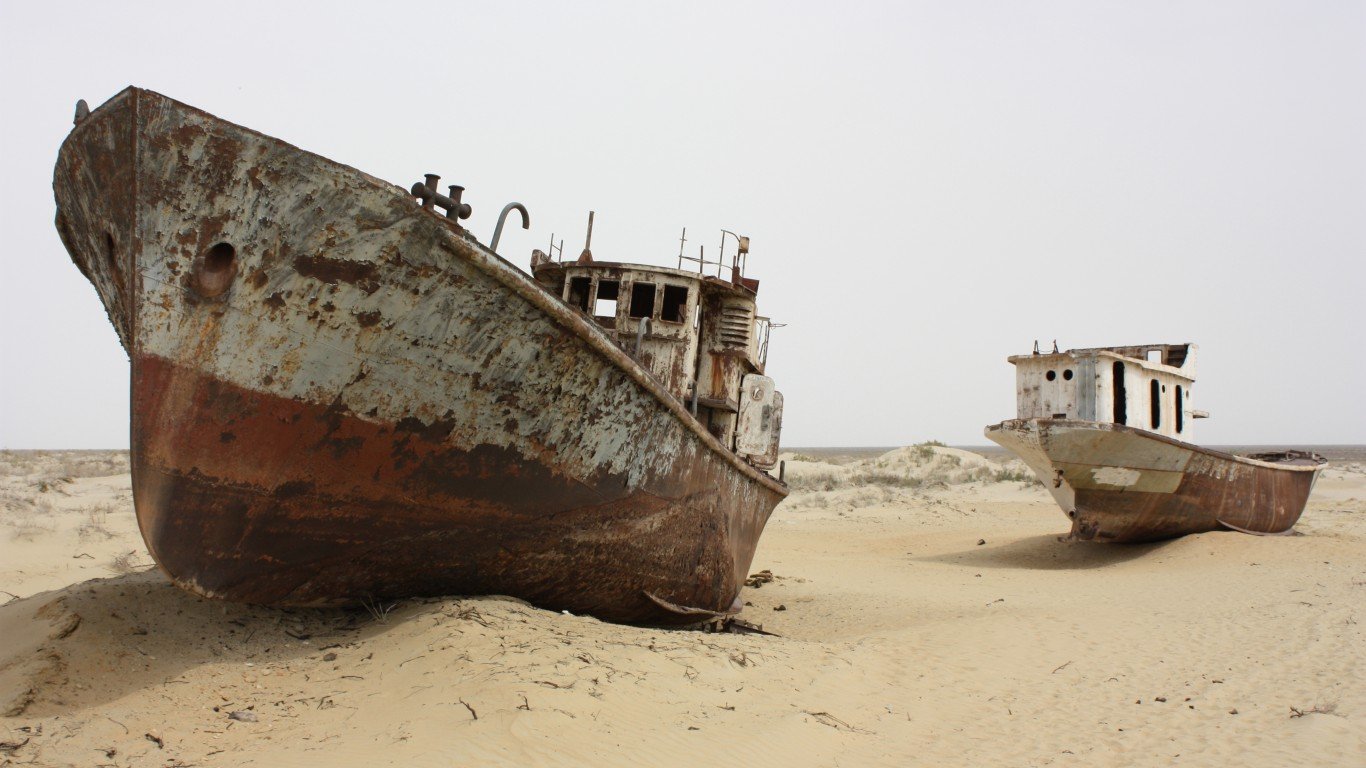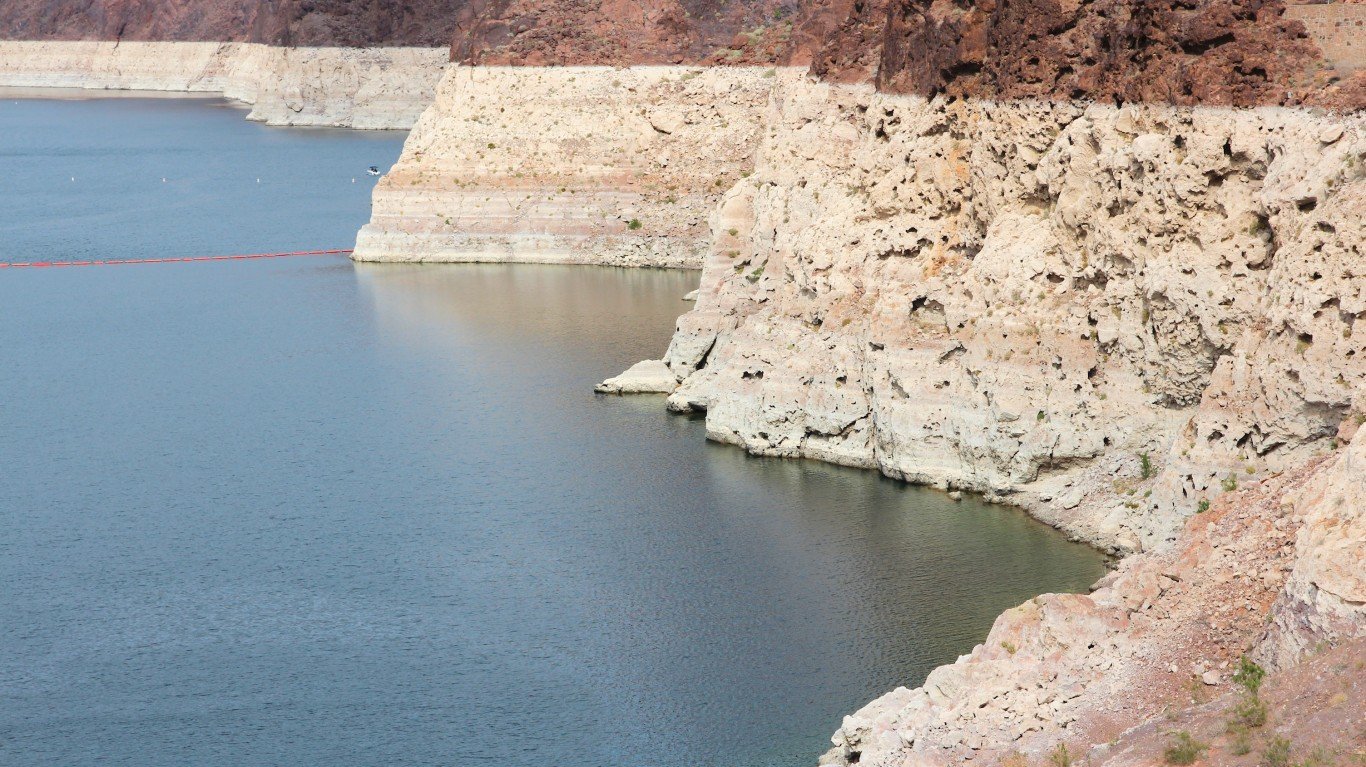
Lake Mead, Nevada & Arizona
Although the water level of Lake Mead – a reservoir on the Colorado River east of Las Vegas, formed by Hoover Dam – reached 1,045.91 feet above sea level in early April, almost three feet higher than the U.S. Bureau of Reclamation had predicted a month earlier, it is still an endangered body of water. Between the 1970s and 1990s, the lake neared full capacity on numerous occasions, attaining a record high of 1,225 feet in 1983. A year ago, in contrast, it was filled to just 27% of capacity. Lake Mead is shrinking because of prolonged drought as well as increased water demand from the Southwestern states and California.
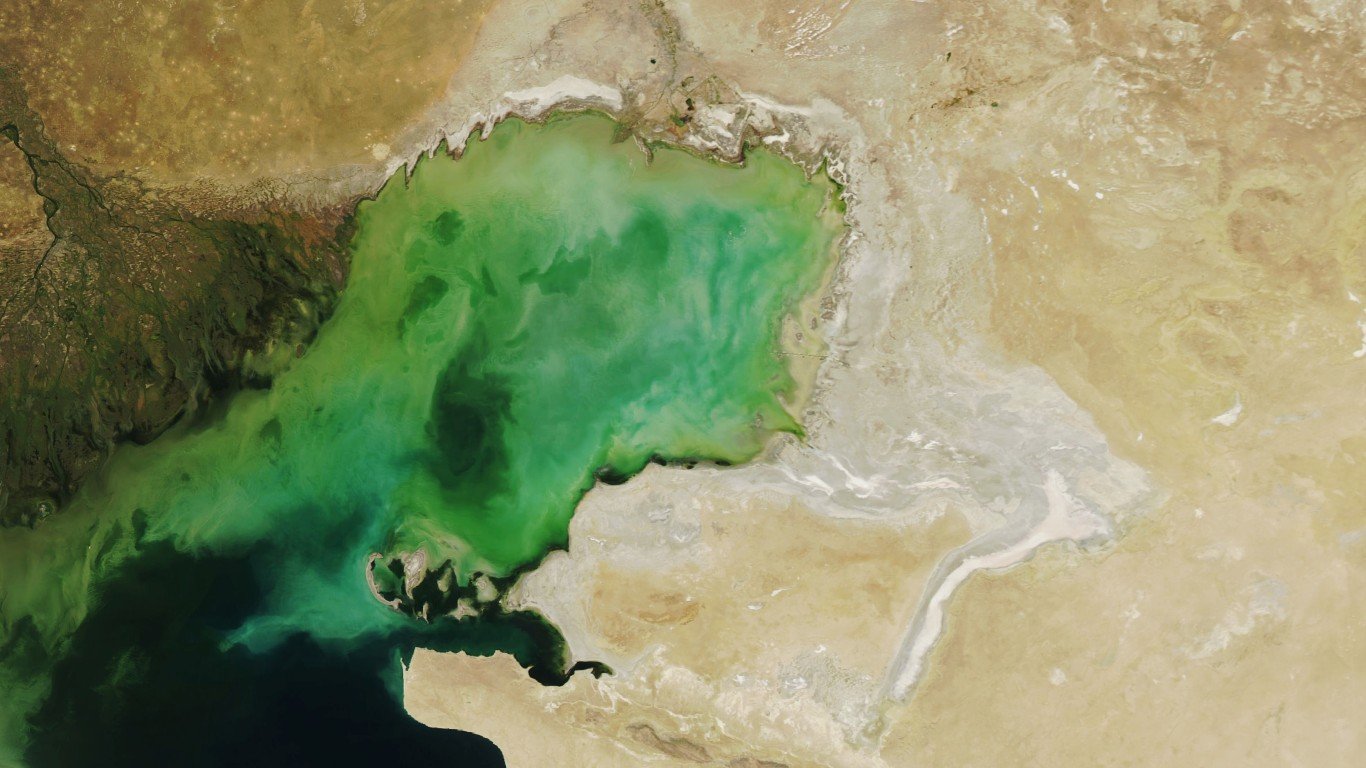
Caspian Sea, Kazakhstan, Turkmenistan, Iran, Azerbaijan, & Russia
The Caspian – the world’s largest inland water body as measured by surface area – is often considered a lake, though it might better be described as an inland sea. Radar altimetry data collected by satellites and compiled by NASA’s Global Water Monitor shows that the Caspian’s water level has been dropping since the mid-1990s. (The Iranian Space Agency tracked a decline of more than 10 inches between March 2022 and March 2023 alone.) Scientists using models to estimate future water loss have projected that by 2100, water levels could drop by as much as 98 feet more. The diversion of water from rivers that feed the Caspian has been a factor in the decline.
Aral Sea, Kazakhstan & Uzbekistan
The Aral Sea, formed by the Syr Darya and the Amu Darya rivers, was once the fourth largest lake in the world. In the 1960s, the Soviet Union began a water diversion project that drained the Aral by more than 90%. As it dried up, fisheries and the communities that depended on them collapsed and the Aral became saltier, and polluted with fertilizer and pesticides. Because of human intervention, the decline of the Aral Sea has been called one of the planet’s worst environmental disasters.
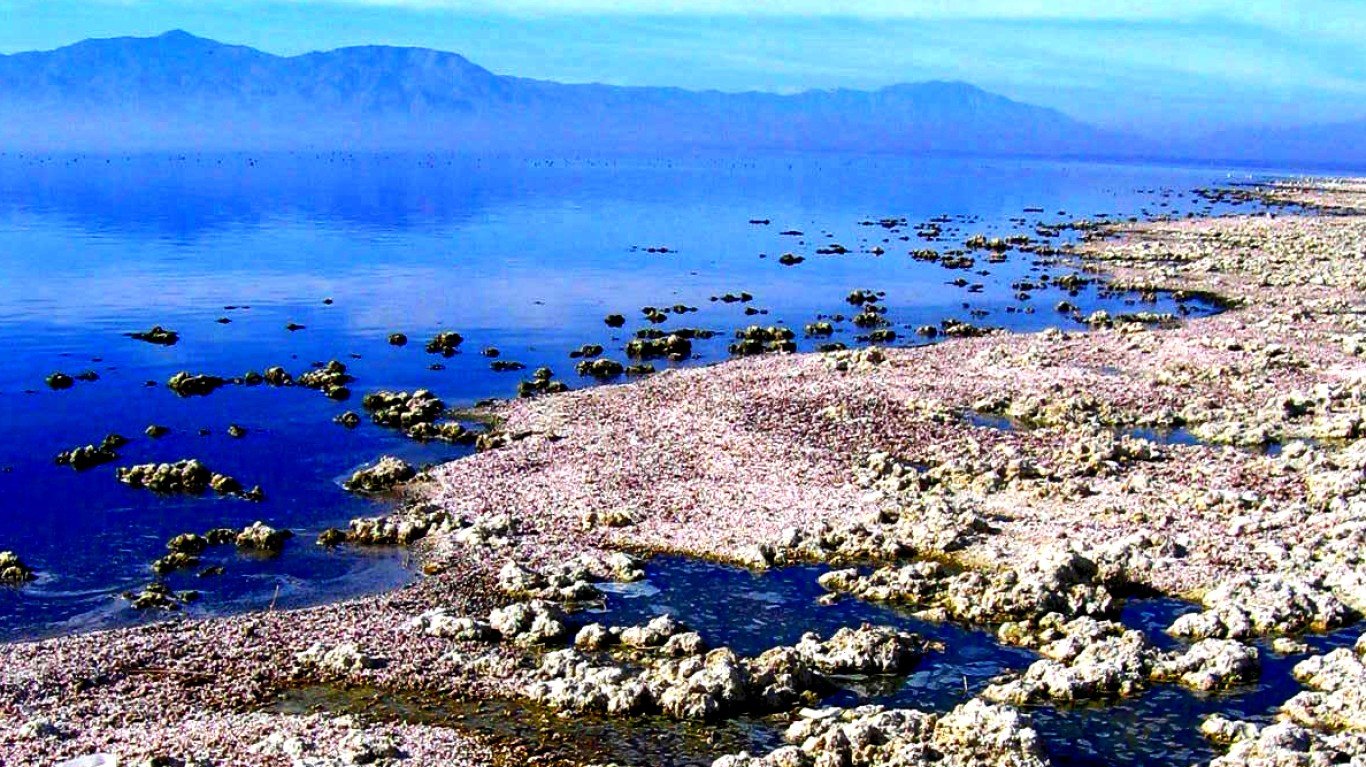
Salton Sea, California
The Salton Sea was created in the early 20th century by accident – an irrigation canal off the Colorado River burst and flooded the Salton Basin. It became a popular residential and vacation spot. But over the last few decades, climate change and drought have led to receding waters – over the last 25 years, the Sea has lost a third of its volume – and it has become California’s most polluted inland lake. Its future depends on the levels of the Colorado River, which has itself been lowered by drought.
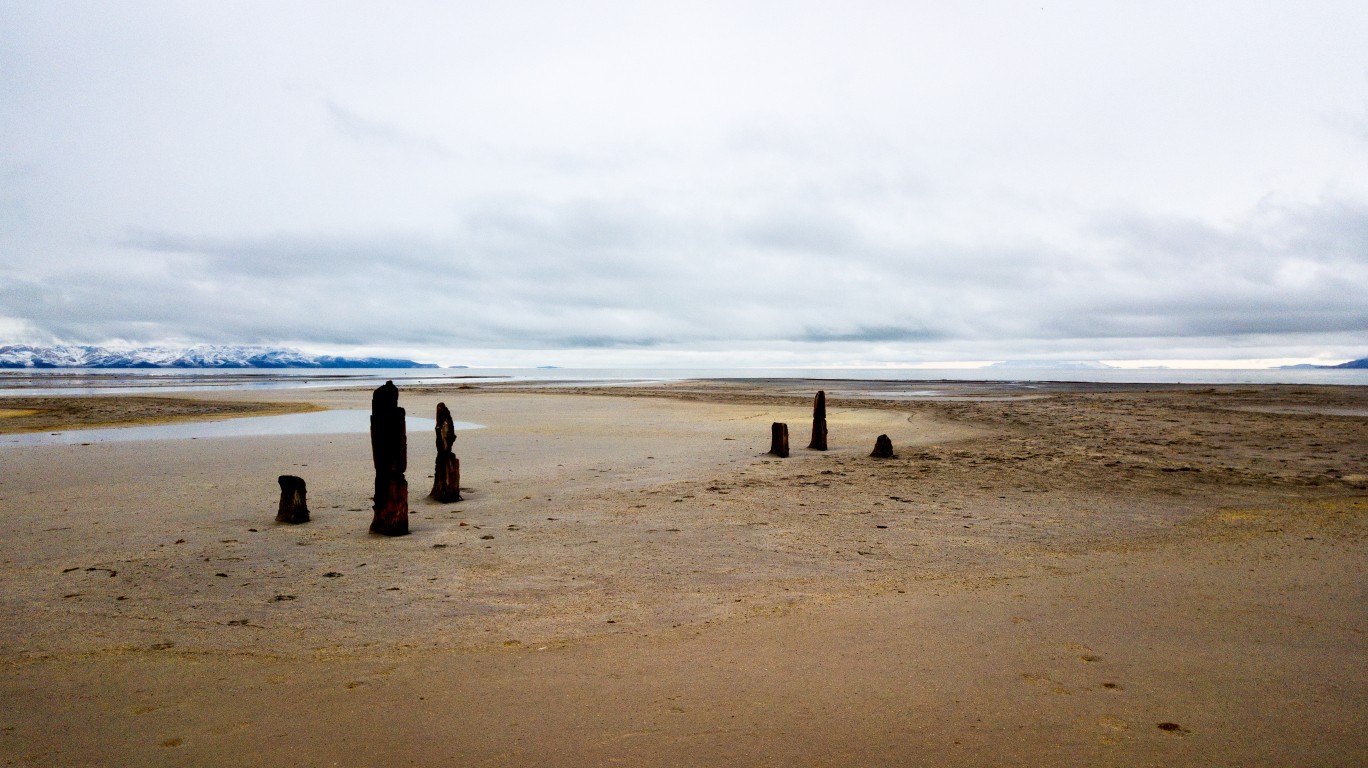
Great Salt Lake, Utah
The Great Salt Lake is one of the largest saline lakes in the Western Hemisphere, but also one of the most endangered. A report published in early January by scientists at Brigham Young University revealed that the lake was at only 37% of its former volume, and predicted that it would go completely dry within five years barring substantial cuts in water consumption. The decline in water has been exacerbated by persistent drought – and though runoff from a record snowpack in the Uinta Mountains brought water levels up as much as five feet this spring, some 50% of the lakebed is still dry, and authorities describe the inflow as “a drop in the bucket.”
